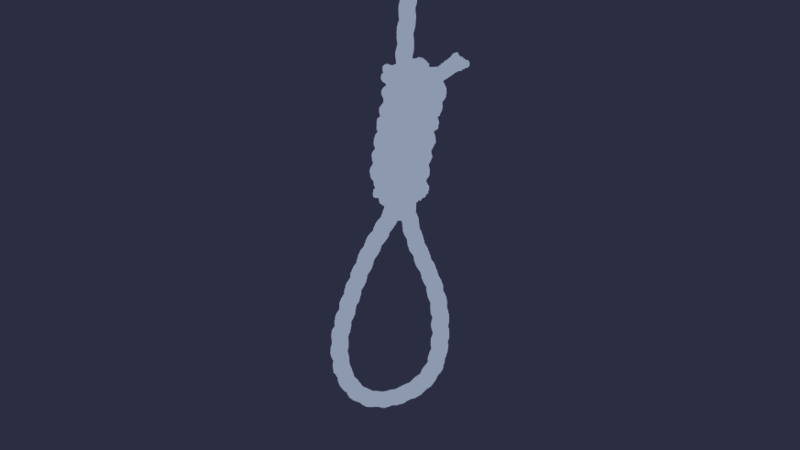25 February 2020 :
California Announces Pilot Program to Move Some Death-Row Prisoners Out of San Quentin. The California Department of Correction and Rehabilitation (CDCR) has announced plans to allow some of the state’s death-sentenced prisoners to move from San Quentin’s death row to other state prisons that offer work and other rehabilitative programs. In what has been billed a “pilot program,” the eligible prisoners will be able to transfer to one of eight less costly high-security prisons that provide rehabilitative services. The death-sentenced prisoners who are transferred would be required to work, with 70% of their wages going to pay restitution to victims’ families. The changes, which are part of the state’s implementation of Proposition 66, a 2016 ballot measure that purported to save the state money by speeding up executions, was met with mixed responses from death-penalty proponents. Former San Bernardino District Attorney Mike Ramos, who chaired the committee to pass Proposition 66 but was defeated for re-election 2 years later, blasted the plan as “a slap to the face” of victims’ families. However, Kent Scheidegger, legal director of the Criminal Justice Legal Foundation and one of the authors of Proposition 66, downplayed those objections, saying the program “is mostly implementing the initiative the people approved.” The pilot program also applies to the 22 death-sentenced women in the state, who are housed at the Central California Women’s Facility in Chowchilla. For security reasons, the women will remain at the Chowchilla facility, but will be able to transfer off the women’s death row and participate in rehabilitation and work programs. Dana Simas, CDCR Press Secretary, said prisoners will be thoroughly evaluated and screened before they are allowed to transfer. “A designated classification committee will review the volunteer inmates’ case factors to determine their security, medical, psychiatric and program needs and consequently, their appropriate housing,” he said. Over the 2 years of the pilot program, prison administrators and researchers plan to track participants’ jobs, behavior, and safety records. The department hopes to start the program within 60 days, but can’t say when the first inmate will move or how many will participate, because it’s voluntary, Thornton said. “One of the arguments made against the death penalty was it cost too much to house them at San Quentin, which is an antique facility,” Scheidegger wrote in a blog post, Leaving San Quentin. “Our response was, well, they don’t need to be housed there.” He also noted that the provision “merely restored prior law” that had allowed CDCR to house death-row prisoners at other facilities. Ramos complained that he didn’t “know of one family that’s going to want one cent from someone who took their loved ones.” But Scheidegger told the Associated Press that the work requirement was part of the voter initiative. “One of the thoughts behind Prop 66, there’s no reason death row inmates can’t work and earn some small income, and that small income can go to the victim’s family,” Scheidegger said. “It’s not going to be much but at least it can be symbolic.” California currently has a moratorium on executions, imposed by Governor Gavin Newsom in 2019, and has dismantled its execution chamber. The state imposed a record low 3 death sentences in 2019. “Our death penalty system has been, by all measures, a failure,” Newsom said in a statement accompanying his moratorium declaration. “It has discriminated against defendants who are mentally ill, black and brown, or can’t afford expensive legal representation. It has provided no public safety benefit or value as a deterrent. It has wasted billions of taxpayer dollars. But most of all, the death penalty is absolute. It’s irreversible and irreparable in the event of human error.”











